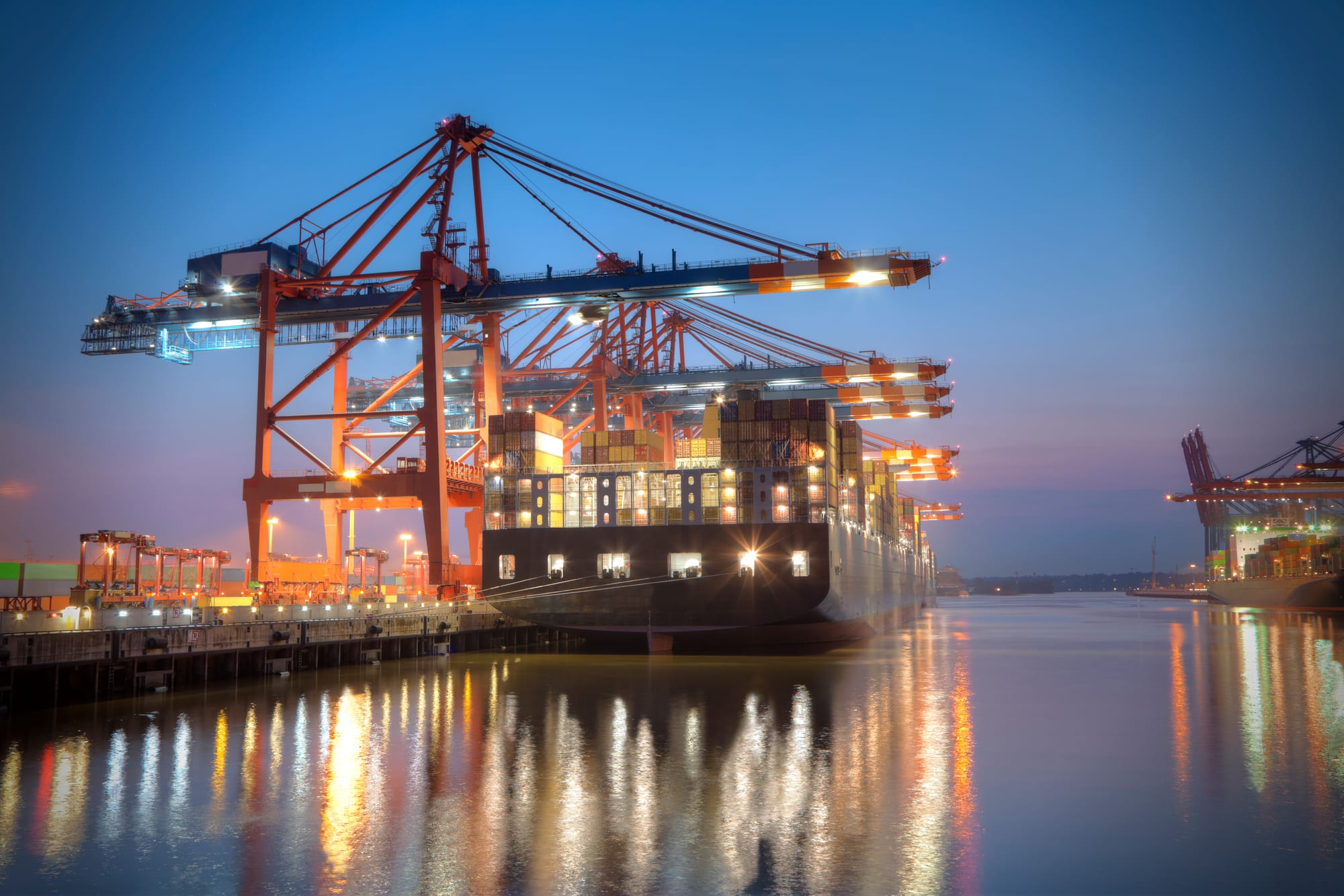Trump orders 25% tariffs on UK steel imports to the US, without exemption

UK steel will now face a 25% import tax after President Trump ordered a new tax on all steel and aluminium entering the US. This now cancels out previous quota arrangements and exemptions, including for the UK and EU. Product-specific exemptions for steel not made in the US, have also been scrapped. Tariffs now extend to derivative products, with only steel ‘melted and poured’ in the US but processed elsewhere remaining exempt. The new rules take effect on 12 March.
These tariffs primarily target US allies, such as the UK, as most other countries were already subject to 25% steel tariffs (whereas aluminium tariffs were previously 10%). The proclamation cites rising global excess capacity, forecast to hit 630 million tonnes in 2026, and concerns over steel transhipment from China. These blanket measures aim to block such routes.
The Presidential proclamation claims steel imports from Australia, the EU, Japan, and the UK rose from 18.6% in 2020 to 20.7% in 2024, proving quotas ineffective. However, this ignores 2020’s historically low demand during the pandemic – and UK steel exports to the US were actually 14% lower in 2024 than in 2018 when tariffs were first introduced.
The proclamation also criticises trading partners for not tackling non-market excess capacity, mainly from China, and lacking cooperation on trade remedies and steel monitoring. This could open the door for negotiations, with reports suggesting Australia may already be in line for an exemption.
UK Steel Director General, Gareth Stace, said:
“President Trump has taken a sledgehammer to free trade with huge ramifications for the steel sector in the UK and across the world. This will not only hinder UK exports to the US, but it will also have hugely distortive effects on international trade flows, adding further import pressure to our own market.
“UK steel poses no threat to US national security. Our high-quality products serve key US industries, many of which cannot source these domestically. This is a moment where our countries should work together to tackle global steel overproduction, not to be at loggerheads. The UK stands with the US on tackling global excess steel capacity and unfair trade, and our industry urges the UK Government to take stronger action on these issues.
“This is clearly a new era for global trade. We are confident the UK Government recognises the impact on our industry and will explore all available options. Both immediate responses, such as negotiating a solution and long-term measures to prevent harmful trade diversion into the UK market, are options."
Alasdair McDiarmid, Community's Assistant General Secretary, said:
“The new tariff confirmed by Donald Trump is a huge cause for concern, and represents a retrograde step for the steel industry and economies on both sides of the Atlantic.
“There is now an even greater need for comprehensive safeguards to protect our domestic steel from cheap overseas steel imports.”
ENDS
Contact details
Louise Young, Campaigns and Engagement Manager, UK Steel 07388 370176 | Lyoung@makeuk.org
Notes to editors
- UK exports: The UK exported 300Kt (£490mn) of steel to the US in 2017 before Section 232 tariffs were imposed in 2018. The UK exported an average of 200Kt (£320mn) over 2018-2021. The UK and the US agreed a system of tariff rate quotas in 2022 seeing exports recover slightly to 235Kt (£517mn). However, the next two years have seen a tough market for steel as a result of high costs and weak demand, which has impacted UK steel production and exports. In 2023, the UK’s steel exports to the US totalled 165Kt (£388mn).
- Global excess capacity: Global excess capacity was estimated at 543Mt in 2023 and is forecasted to reach 630Mt by 2026 – equivalent more than 100x the UK’s production.
- Capacity expansions in Southeast Asia and the Middle East are continuing at an alarming rate – these are largely state-funded, mostly for high-emission blast furnaces and often do not correspond to domestic demand trends. Indeed, steel demand is weakening in key markets, notably China, translating into rising oversupply which is dampening steel prices and spilling over into other markets.
- So far this year alone, steel imports into the UK have increased by 17% year-on-year amid a weak demand environment. The import share in 2024 has jumped to 70%, from 60% in 2023 and 55% in 2022. The sharpest import increases have come from non-EU sources, mainly India, Vietnam, China, South Korea, Turkey and Algeria. Importantly, these are also countries that have seen significant increases in imports from China or are within China’s top 10 exporting destinations.
- Over two thirds of steelmaking capacity is in countries that have Net Zero targets later than 2060 or none at all.
The UK steel sector:
- Produces 5.6Mt of crude steel a year, equivalent to 70% of the UK’s annual requirement (annual demand of 7.6Mt in 2023, of which 40% was met by domestically produced steel)
- Employs 33,700 people directly in the UK and supports a further 42,000 in supply chains
- The median steel sector salary is £37,315, 26% higher than the UK national median and 35% higher than the regional median in Wales, Yorkshire, and Humberside, where its jobs are concentrated
- Directly contributes £1.8 billion to UK GVA and supports a further £2.4 billion
- Directly contributes £3.4 billion to the UK’s balance of trade 96% of steel used in construction and infrastructure in the UK is recovered and recycled to be used again and again.
For further information about the steel industry, please see the UK Steel Seven Opportunities for Steel report, 2024 press pack, Why the UK needs a strong steel sector or the 2024 UK Steel Key Statistics report.